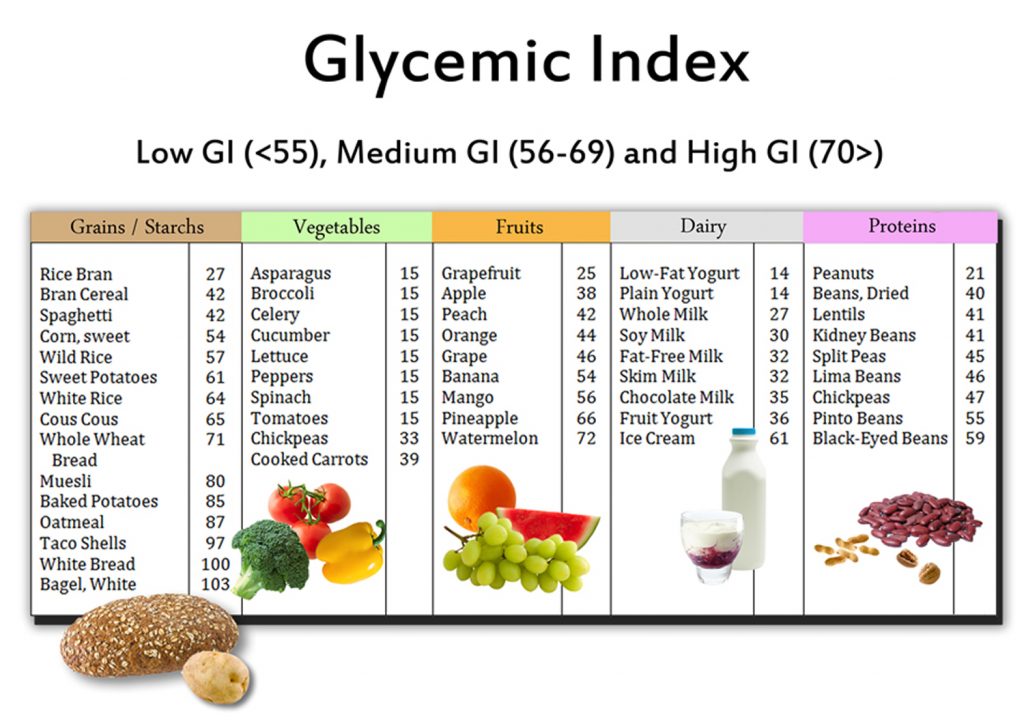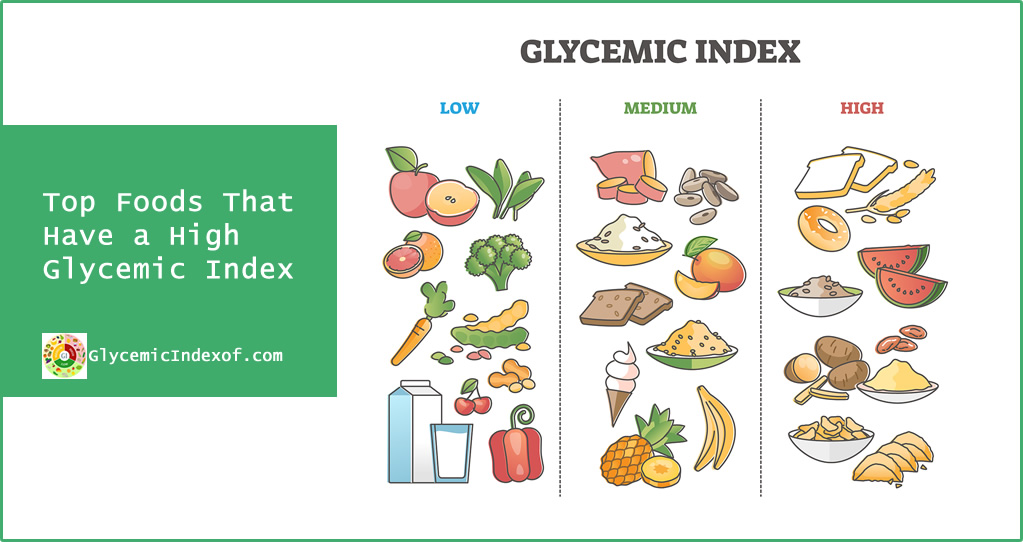Topic : What is the Difference between Glycemic Index and Glycemic Load?
For diabetic patients and dieters, keeping track of their diet and maintaining its balance is essential. Consuming foods that may cause a spike in blood pressure may result in unbalanced health. Especially for diabetic patients, keeping the blood sugar levels maintained is very crucial to control their diabetes. Read more about What is the Difference between Glycemic Index and Glycemic Load?
All this comes to how much food you consume with high or medium carbohydrates. Since carbohydrates are the leading cause that may cause a spike or keep a balance in your blood sugar levels, it’s essential to understand their presence in your daily food intake.
To maintain this healthy diet and consume foods that don’t affect our blood sugar levels, a proper understanding of the GI and GL of a food is needed. Both of these factors help in keeping your daily diet low in carbohydrates. It can be a great way to keep your health balanced and maintained. Yet, understanding both these terms can be confusing at times.
So, it’s essential to have a clearer idea of how the glycemic index and glycemic load can quantify the carbs in foods. Let’s learn more about how useful both of them are below in detail.
What are GI and GL?
Both the glycemic index and glycemic load help us to understand how much carbs food has. This is a highly essential factor to consume a balanced diet. Yet, without understanding how the glycemic index and glycemic load serve us differently, it’s impossible to benefit from them.
It is easy to consider both terms similar and get confused between them. It’s essential to understand the difference between GI and GL of food to control your diabetes and maintain your diet.
What is the Difference between Glycemic Index and Glycemic Load?:
The GI or glycemic index is used to assign food with a numeric score. This score determines how easily a food causes a spike in our blood sugar. According to this score, foods are categorized on a value scale of 0 to 100. For example, pure sugar has a GI value of 100.
When you consume foods with a low glycemic index value, they are most likely to cause a very slow rise in your blood sugar levels. So eating low-GI foods is a healthy option. Alternatively, high-GI foods work in the opposite way for our blood sugar. You can differentiate this GI value by whether a food is processed or has more fibre or fat. It’s because processed foods generally have a high-GI value, while foods with more fibre or fat fall in the low-GI foods.
But this is just one part of the story. When it comes to the different effects of food on our blood sugar levels, it is also essential to know how much eating such foods raise our blood sugar. For this, we should consider both the GI and GL of foods. Only then, you can manage to keep track of your diet and its effect on your blood sugar.
To evaluate this information, understanding the glycemic load of foods is essential. This glycemic load helps to determine how quickly does glucose coming from food enters our bloodstream. GL also determines how much glucose per serving each food delivers to our body. Only with the GL, you can better understand the real-time impact of a food on our blood sugar. For example, even when watermelon has a GI-value of 80, a watermelon serving has a GL of only 5.
Bottom Line Glycemic Index vs Glycemic Load
In the end, both GL and GI of food are essential information to evaluate foods impact on our blood sugar. You can’t control your diabetes and diet with just the understanding of foods GI value. The glycemic index tells you how quickly a food is digested in our bloodstream the glycemic load informs you of how much carbs (in grams) you will get with a foods single serving.
It is a great way to evaluate how our body processes the food’s serving. Also, this is an easier way to maintain a balanced and healthy diet. So this concludes the topic for What is the Difference between Glycemic Index and Glycemic Load?



